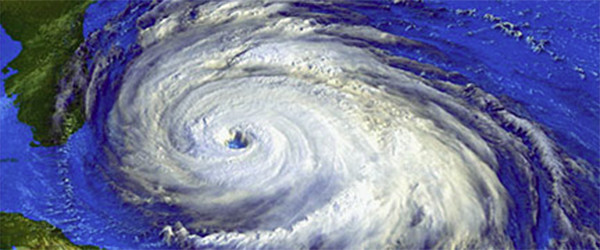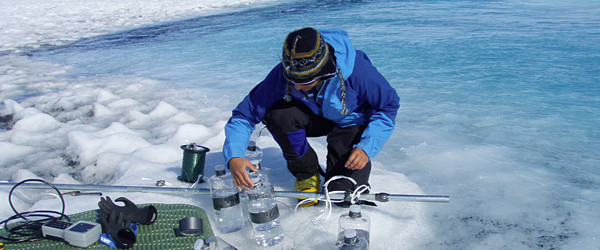R/V Oceanus Communication at Sea
The vessel is outfitted to provide worldwide voice, facsimile and data communications. The vessel does not have a Radio Officer. All radio communications are handled by the Master or the Mate on watch. Oceanus call letters are WXAQ.
| Communication devices on board available to the science party | |
| Single-Side Band (SSB) | Furuno FS-5000 GMDSS Stephens SEA-222 |
| VHF | Standard OMNI (2) Furuno FM-8500 GMDSS |
| INMARSAT | NERA B with HSD and voice Fleet Broadband Voice Furuno FELCOM 12 C GMDSS |
| Weather Facsimile | Furuno FAX-207A |
Notes
- The Master or the Deck Watch Officer operates all communication equipment.
- The SSB, INMARSAT, and Weather Facsmile communications are located in an area immediately behind the Pilot House. A small desk with a PC for composing messages and for ship's business is located adjacent to the communications center. The VHF units and other radio equipment are located in the Pilot House as required by regulation and for vessel safety.
Shore to Ship Contact Information
The vessel may be reached by direct dial telephone via the INMARSAT system.| Shore to Ship Telephone Calls | Dial:(011)-(870)-(Vessles #) |
| Saturn Nera "B" Voice Saturn Nera "B" Voice Fleet Broadband Voice |
011-870-336 699 910 (Bridge/Chart Room) 011-870-336-699-911 (Line into SSSG Modem) 011-870-773-150-521 (Handset in Radio Room) |
| Iridium | 011-882-651-453-509 (Ship Buisness, Master) |
| Shore to Ship Fax | |
| Saturn B Fax | 011-870-336 699 913 (Bridge/Chart Room) |
A few points related to the INMARSAT communication system
- The ship “monitors” the voice channel continuously. Persons ashore dial the ship as an international telephone call. Calls from the ship are similarly made from the Bridge/Chartroom phone.
- Fax messages make use of a voice channel. Both incoming and outgoing faxes are handled in the familiar manner as used ashore.
- All outgoing traffic is logged for record and billing purposes. All business traffic will be charged to the scientist’s project. All personal traffic must be charged on a credit card or be made collect. Incoming traffic is paid by the originator. The ship’s station will not accept collect or reverse charge calls.
- Caution: communication via satellite can be expensive involving satellite use as well as land line charges. Telephone and fax rates can exceed tens of dollars per minute. These rates apply to messages originating ashore as well as aboard ship.
General Communication Information
- The vessel can transmit on any Marine Band SSB frequency. At sea the vessel continuously monitors 2182 kHz SSB, Channels 13 and 16 VHF and INMARSAT.
- Personal messages may be sent using commercial SSB, INMARSAT and VHF stations worldwide. These messages are normally sent collect.
- Email - see the shipboard computing section for information on electronic mail. The ship’s Internet addresses are of the form username@oceanus.whoi.edu.
- The Master is legally responsible for all radio transmissions emanating from the vessel and must authorize all transmissions whether they be made using the ship’s equipment, INMARSAT or ham radios. The Chief Scientist should discuss communication needs with the Master and obtain his approval.
- The placing of amateur radio equipment on board the vessel is permitted but must be done with the approval of the Master and the Marine Electronics Supervisor Mike Gagne (mgagne@whoi.edu). Amateur operators and their equipment must be duly licensed and operated in compliance with FCC regulations.
- All antenna systems, either personal or scientific project related, must be placed in such a manner so as not to interfere with other equipment. Installation of antennas must be done with the approval of the Marine Electronics Supervisor Mike Gagne (mgagne@whoi.edu) and/or the Master.










 Facebook
Facebook Twitter
Twitter Instagram
Instagram Vimeo
Vimeo YouTube
YouTube LinkedIn
LinkedIn RSS Feeds
RSS Feeds







